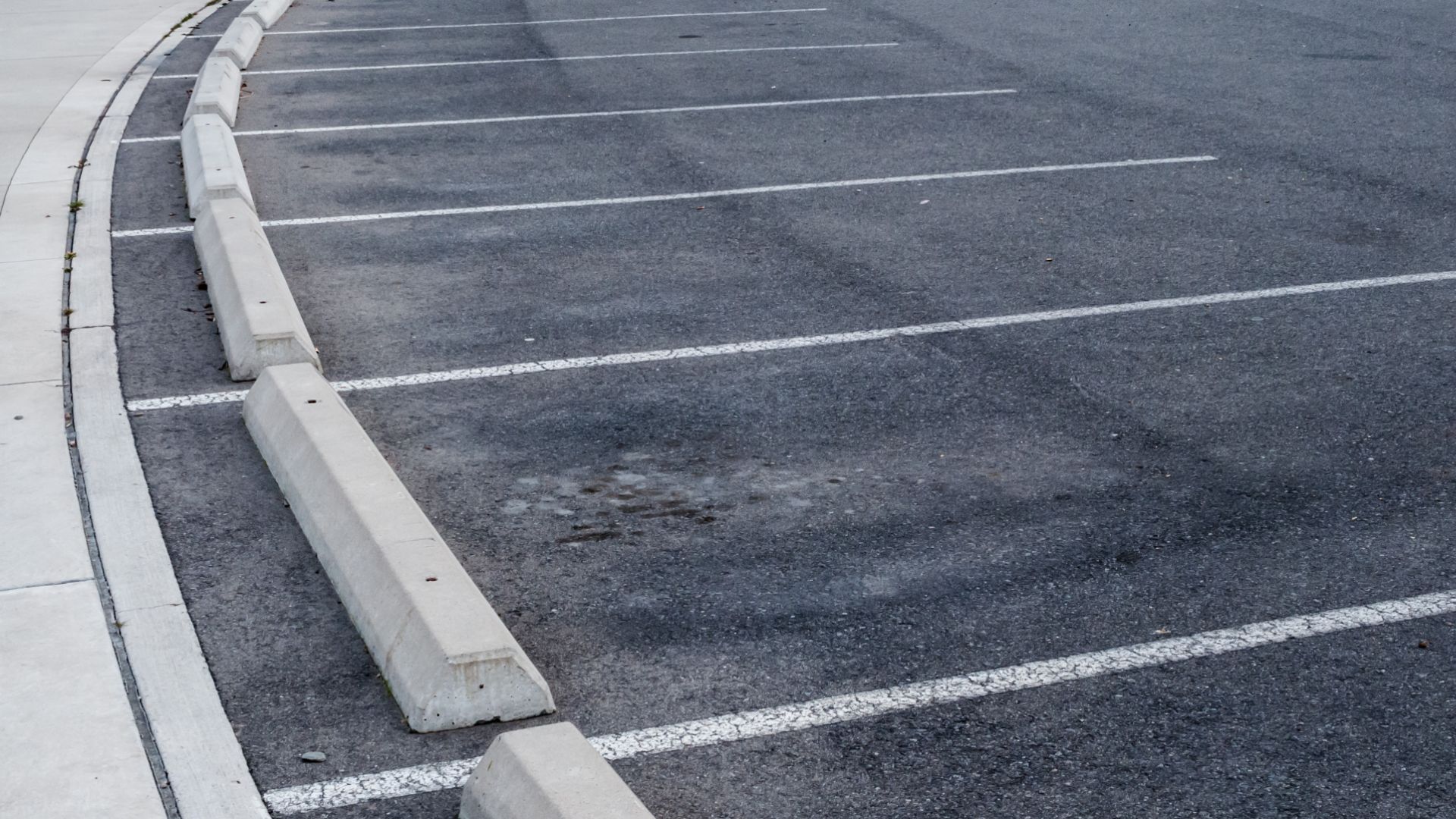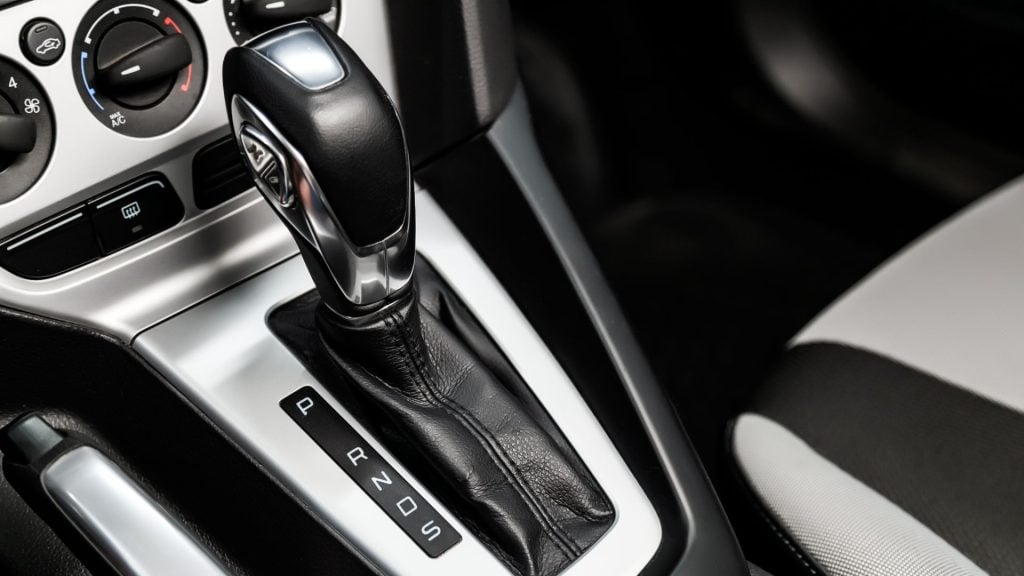Parking uphill with a curb — how to do it properly
Learn essential tips for safely parking uphill with a curb to protect your vehicle.

If you are preparing for your driving test, parking the car properly is probably one of your greatest concerns. On the other hand, it’s not a shame to have a bit of a struggle with uphill parking even if you’ve been driving for a while now.
The important thing to note is that parking uphill with a curb can help keep the car stable and prevent it from rolling back into traffic. Still, how do you park with a curb the right way? Well, that’s what our team is here for, as we’ll lead you through the action in this step-by-step guide.
What makes parking with a curb a good idea?
Parking with a curb can be one of your tasks for the driving test, or it can just be a matter of more convenient parking in front of your house. Either way, it makes parking a lot easier and gives you the option to park your car close to your house without occupying the road.
So, it makes sense to park as close to the curb as possible. On the other hand, parking uphill with a curb is a bit more demanding task, and it’s easier said than done. There are several benefits of parking uphill with a curb. It helps hold your car along with the parking brake and parking in gear and makes it a bit easier to start the next time you get into your car.
It’s especially beneficial in case your transmission slips or fails, which happens more frequently than you think. In an automatic car, it’s a common situation that your car is stuck in park or that you forget to park in gear and leave your car in neutral.
Whatever the case, the curb will keep your car from rolling down, and if there’s a steep hill, it’s all the more important to consider all of your options to ensure your car doesn’t move.
It all depends on your car’s transmission
Parking your car uphill with a curb isn’t the same with a manual transmission and an automatic transmission. The procedure slightly differs, although you’ll ultimately be doing the same thing and that’s ensuring that your car doesn’t roll back.
Regardless of your transmission type, the first thing you should do is get to your parking spot near the curb and get your car in the position. You should be as close to the curb as possible, and the rest greatly depends on your car’s transmission type.
Parking uphill with a manual transmission car
If you are driving a manual transmission car, the first step is the same as with an automatic car. You’ll get as close as possible to the curb, and turn your wheels in the opposite direction of the curb. So, if you are driving in the US, you’ll turn the steering wheel to the left, since the curb will be on your right side.
Having in mind that you are parking uphill, you can get the shifter out of the gear and simply use your brake to control the car’s movement. To avoid parking with the rear of your car sticking a bit to the left, it’s best if you approach the curb in a parallel motion and slightly move your car to the left.
By doing this, as you go backward and control your car with the brake while reaching the curb, you’ll touch the curb with the front wheel and be perfectly aligned with it. Once you feel that your front wheel is touching the curb, you’ll have one extra layer of security when it comes to your car rolling backward.
At this point, you can pull the handbrake and let go of your brake pedal. Shut the engine off and make sure to put the shifter into first gear. By doing so, you’ll ensure the connection between the engine and the wheels, which makes it difficult for your car to roll down, should the handbrake fail.
Parking your car this way comes with three separate rolling prevention actions – your handbrake, parking in gear, and ultimately the curb that locks your front wheel.
Parking uphill with an automatic car
In case you are driving an automatic, there’s a slight difference in the parking method. Still, your first move remains the same, so you should approach the curb, straighten the vehicle, and roll the wheels to the left. At this point, you once again have to make sure that your wheel is locked on the curb.
So, make sure to shift into neutral and control your car as it goes backward with a slight brake pedal pressure. Once you feel that the front wheel has touched the curb, you can shift from neutral into park mode and lift the handbrake.
Shut your engine off, and your car will be held by the curb, the handbrake, and the gear. In case of a handbrake slip, you’ll still have the park mode and the curb holding your car uphill. You should also be aware of possible problems like a slipping transmission, since it may increase the rollover risk.
Why is it important to leave the car parked in a gear?

While you’ll have the curb locking your front wheel regardless of your car’s transmission type, it’s still necessary to park your car in the gear. This way, you’ll ensure the engine and wheels connection that prevents your car from rolling down in case of an emergency.
This connection alone prevents your vehicle from rolling down, but on a higher incline, you should combine parking in the gear with the handbrake.
If you just use the handbrake, you’ll have that one level of protection less, and while the curb should hold your car up, you shouldn’t take any chances. So, leave your car parked in the first gear if you are driving a manual car, or in the park gear if you are driving an automatic car.
Moving off when you are parked uphill with a curb
The final piece of the puzzle when you are properly parked uphill with a curb is to understand how you can move off the next time you get into your car. It’s important to realize that your wheels are rolled to the left, so you’ll need to control the wheels while moving off to prevent going too much to the left.
Also, being parked with the curb might require a bit more gas while you are lifting off. Finally, you should remember to check your mirrors several times and use a shoulder check to ensure there’s no one driving behind you. Being parked with a curb lowers your visibility behind the car, so make sure it’s safe to move off before you get on your way.
Our take
When learning how to park your car, the important thing is to understand how parking uphill with a curb works. On the contrary, if you are parking downhill with a curb, you should roll the wheels towards the curb. Either way, it’s a useful parking trick that will get you to pass your driver’s test and ensure that your car is properly parked uphill.
Besides the gear connection and the handbrake, it comes in useful to have that extra layer of protection given by the curb to ensure your car stays where you parked it.
When parking uphill with a curb you should?
When parking uphill with a curb, you should straighten your vehicle along the curb and roll the wheels in the opposite direction compared to the curb. By gently using the brake as you roll down, this position of the wheels will eventually get your front wheel locked by the curb as it touches it.
Which way do you turn the wheels when parking uphill with a curb?
When parking uphill with a curb, you should turn the wheels in the opposite direction.
When parking uphill without a curb you should?
When parking uphill without a curb you should use both your handbrake and leave the car parked in gear to prevent it from rolling down.
What are the four steps in uphill parking with a curb?
The four steps in uphill parking with a curb are to turn the wheels in opposite direction, shift the car into neutral and slowly press the brake, shift into the park gear as the front wheels touch the curb, and use your handbrake.